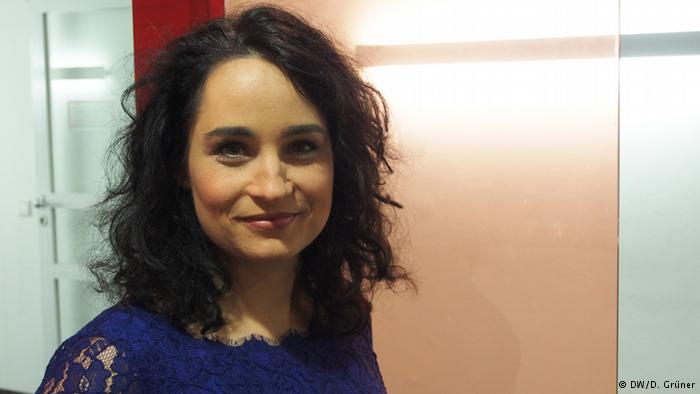What to do against stretch marks?
An interview with dermatologist Dr. Yael Adler about how to get rid of stretch marks and how to prevent them.
DW: What causes stretch marks?
Dr. Yael Adler: Stretch marks are scars which appear in the layer of skin called the dermis. This is under the epidermis, the topmost layer. As their name suggests, they occur when the skin has been stretched. Either the skin stretches horizontally, due to a sudden growth spurt, or the stretch marks appear vertically, if your stomach expands or if there is an increase in muscle or fat. Pregnancy also causes vertical stretch marks. These scars develop in stages. First they look red, like fresh scars, and when they have healed – which takes a few months – they turn white.
Who is particularly at risk of getting them?
Everyone who has a fragile skin type is at risk. Often they are hereditary. They can arise in people with this skin type who undergo a sudden growth spurt, or who gain weight or muscle in too short a period of time.
How can you prevent stretch marks?
You can try to pre-stretch the skin, so that it doesn’t tear so quickly, if you know that you have a tendency to get them. To stretch the skin, you can perform a sort of ‘pinching’ massage: take the skin between your thumb and index finger and pinch them together, pull the skin and let it go. Don’t use oil, instead use a lipid ointment which will care for the skin at the same time. The most suitable kind of ointment is one with valuable fats similar to the top layer of skin, with no mineral oils.
Can you get rid of stretch marks?
There are two methods to reduce stretch marks. Admittedly, they can never be 100 percent effective but they can improve the complexion. In the first stage, while the stretch marks are still red, they can be treated with a dye laser. The blood vessels, which show through the skin, are lasered away: they are heated by the laser and burst, which makes them look a bit like bruises. When this dies down, the stretch marks are lighter. This can be repeated several times and every time they fade a bit more. In stage two, when the stretch marks are already white, and a bit wide, you can use heat in two ways. One is what’s called micro-needling, which involves puncturing the skin with a surgical needle, which releases heat from its tip. The heat is radio frequency technology. The heat deployed pulls the collagen connective tissue in the scars together. Then the scars will get thinner. The process should be repeated several times since it can only be used to treat small patches at a time and not the whole area. Depending on skin type, it could also be supplemented with what is known as a fractional CO2 laser resurfacing treatment. With this method, you need to be careful that the skin does not produce brown flecks as an overreaction to the heat. The doctor needs to decide whether the procedure is suitable for the skin type and in some cases will do a test treatment first.
Dr. Yael Adler is a dermatologist based in Berlin.
http://dradler-berlin.de/
Interview: Dorothee Grüner







